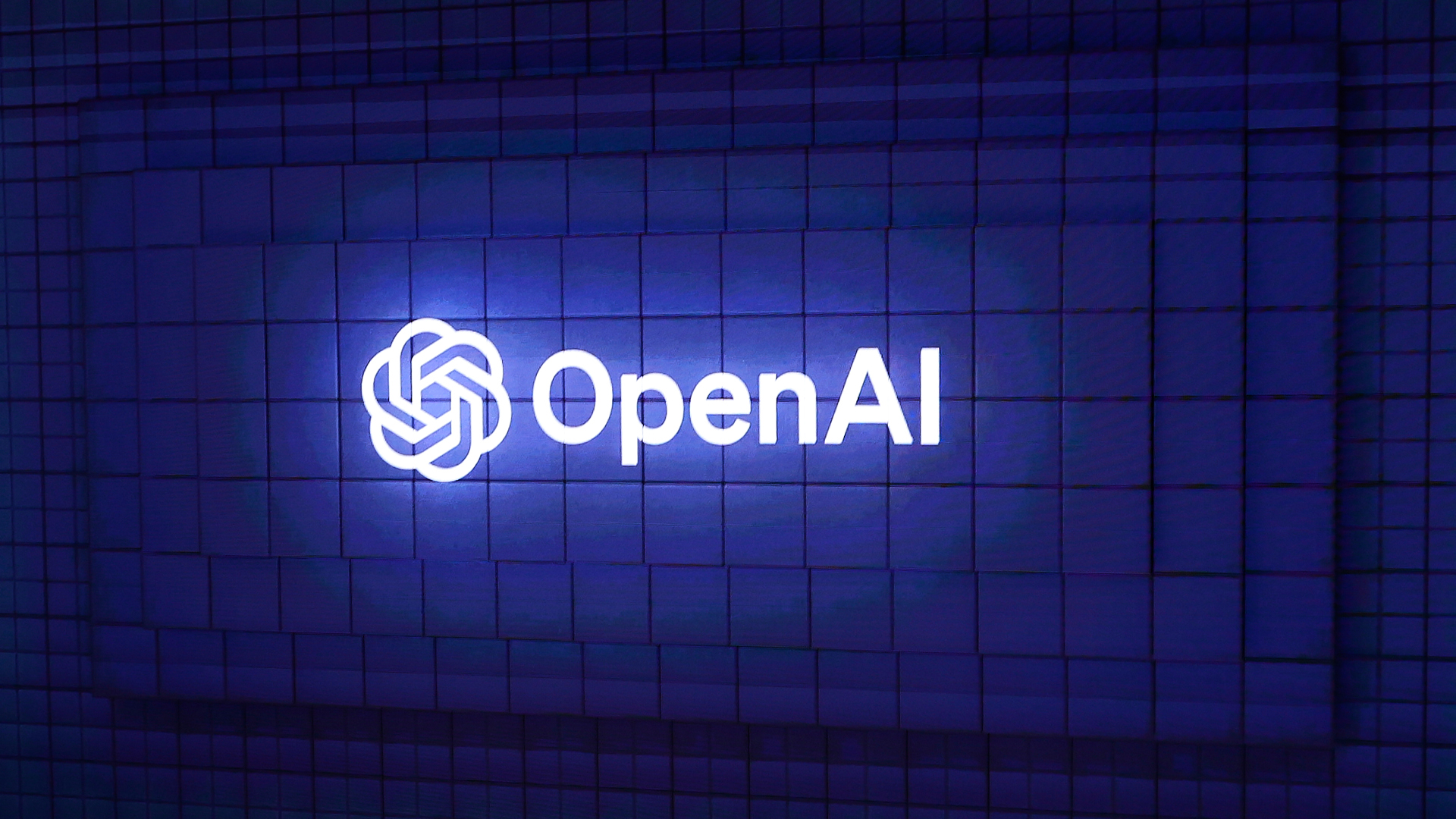Security experts issue warning over the rise of 'gray bot' AI web scrapers
While not malicious, the bots can overwhelm web applications in a way similar to bad actors


Security firm Barracuda has called for organizations to factor AI bots that scrape data from public websites into their security strategies, labelling them not as good or bad bots, but “gray bots”.
Defining these three categories of bot, senior principal software engineer for application security engineering at Barracuda Rahul Gupta said: “There are good bots – such as search engine crawler bots, SEO bots, and customer service bots – and bad bots, designed for malicious or harmful online activities like breaching accounts to steal personal data or commit fraud.
“In the space between them you will find what Barracuda calls ‘gray bots.’ … Gray bots are blurring the boundaries of legitimate activity. They are not overtly malicious, but their approach can be questionable. Some are highly aggressive.”
Examples of gray bots given by Gupta include web scraper bots, automated content aggregators for news, travel offers, and so on, and generative AI scraper bots.
The activity of this third category was specifically highlighted by Gupta, with web applications receiving millions of requests from bots such as Anthropic’s ClaudeBot and TikTok’s Bytespider bot.
“ClaudeBot is the most active Gen AI gray bot in our dataset by a considerable margin,” said Gupta. “ClaudeBot’s relentless requests are likely to impact many of its targeted web applications.
According to Barracuda's analysis, one web application received an average of 323,300 AI scraper bot requests a day over the course of 30 days.
Get the ITPro daily newsletter
Sign up today and you will receive a free copy of our Future Focus 2025 report - the leading guidance on AI, cybersecurity and other IT challenges as per 700+ senior executives
Another received 500,000 requests in a single day. A third received approximately 40,800 requests over the course of a day, with an average request rate of 17,000 per hour.
Gupta said this level of consistency was “unexpected”.
“It is generally assumed, and often the case, that gray bot traffic comes in waves, hitting a website for a few minutes to an hour or so before falling back,” he said, although he added that “constant bombardment or unexpected, ad hoc traffic surges [both] present challenges for web applications”.
This level of activity can disrupt operations and degrade the performance of web application traffic, Gupta said, as well as gathering up “vast volumes of proprietary or commercial data”.
There can also be more indirect impacts, such as distorting web traffic figures making it harder to take data driven decisions, Barracuda claimed.
Defensive measures
There are multiple reasons why organizations may wish to protect themselves from AI webscrapers, ranging from protecting their IP and copyright to data privacy concerns, as well as performance degradation.
Those in the creative industries in particular are increasingly worried about their data being used to train generative AI models without their permission, but it’s a dilemma that affects other businesses too.
In January 2024, the UK’s Information Commissioner’s Office (ICO) said it would examine web scraping by generative AI bots as part of its investigation into the collection and processing of personal data by LLMs owned by companies like OpenAI and Anthropic.
"The impact of generative AI can be transformative for society if it's developed and deployed responsibly," said the ICO's executive director for regulatory risk, Stephen Almond, at the time.
"This call for views will help the ICO provide industry with certainty regarding its obligations and safeguard people's information rights and freedoms," he added.
For his part, Gupta recommended: “To ensure your web applications are protected against the impact of gray bots, consider implementing bot protection capable of detecting and blocking generative AI scraper bot activity.”
MORE FROM ITPRO
- Bad bots are on the rise as almost half of all internet traffic is now automated
- How to protect your business from AI web scraping
- OpenAI quietly unveils GPTBot dedicated web crawler

Jane McCallion is Managing Editor of ITPro and ChannelPro, specializing in data centers, enterprise IT infrastructure, and cybersecurity. Before becoming Managing Editor, she held the role of Deputy Editor and, prior to that, Features Editor, managing a pool of freelance and internal writers, while continuing to specialize in enterprise IT infrastructure, and business strategy.
Prior to joining ITPro, Jane was a freelance business journalist writing as both Jane McCallion and Jane Bordenave for titles such as European CEO, World Finance, and Business Excellence Magazine.
-
 Why are many men in tech blind to the gender divide?
Why are many men in tech blind to the gender divide?In-depth From bias to better recognition, male allies in tech must challenge the status quo to advance gender equality
By Keri Allan
-
 BenQ PD3226G monitor review
BenQ PD3226G monitor reviewReviews This 32-inch monitor aims to provide the best of all possible worlds – 4K resolution, 144Hz refresh rate and pro-class color accuracy – and it mostly succeeds
By Sasha Muller
-
 ‘We are now a full-fledged powerhouse’: Two years on from its Series B round, Hack the Box targets further growth with AI-powered cyber training programs and new market opportunities
‘We are now a full-fledged powerhouse’: Two years on from its Series B round, Hack the Box targets further growth with AI-powered cyber training programs and new market opportunitiesNews Hack the Box has grown significantly in the last two years, and it shows no signs of slowing down
By Ross Kelly
-
 Foreign AI model launches may have improved trust in US AI developers, says Mandiant CTO – as he warns Chinese cyber attacks are at an “unprecedented level”
Foreign AI model launches may have improved trust in US AI developers, says Mandiant CTO – as he warns Chinese cyber attacks are at an “unprecedented level”News Concerns about enterprise AI deployments have faded due to greater understanding of the technology and negative examples in the international community, according to Mandiant CTO Charles Carmakal.
By Rory Bathgate
-
 Law enforcement needs to fight fire with fire on AI threats
Law enforcement needs to fight fire with fire on AI threatsNews UK law enforcement agencies have been urged to employ a more proactive approach to AI-related cyber crime as threats posed by the technology accelerate.
By Emma Woollacott
-
 OpenAI announces five-fold increase in bug bounty reward
OpenAI announces five-fold increase in bug bounty rewardNews OpenAI has announced a slew of new cybersecurity initiatives, including a 500% increase to the maximum award for its bug bounty program.
By Jane McCallion
-
 Hackers are turning to AI tools to reverse engineer millions of apps – and it’s causing havoc for security professionals
Hackers are turning to AI tools to reverse engineer millions of apps – and it’s causing havoc for security professionalsNews A marked surge in attacks on client-side apps could be due to the growing use of AI tools among cyber criminals, according to new research.
By Emma Woollacott
-
 Multichannel attacks are becoming a serious threat for enterprises – and AI is fueling the surge
Multichannel attacks are becoming a serious threat for enterprises – and AI is fueling the surgeNews Organizations are seeing a steep rise in multichannel attacks fueled in part by an uptick in AI cyber crime, new research from SoSafe has found.
By George Fitzmaurice
-
 12,000 API keys and passwords were found in a popular AI training dataset – experts say the issue is down to poor identity management
12,000 API keys and passwords were found in a popular AI training dataset – experts say the issue is down to poor identity managementAnalysis The discovery of almost 12,000 secrets in the archive of a popular AI training dataset is the result of the industry’s inability to keep up with the complexities of machine-machine authentication.
By Solomon Klappholz
-
 Microsoft is increasing payouts for its Copilot bug bounty program
Microsoft is increasing payouts for its Copilot bug bounty programNews Microsoft has expanded the bug bounty program for its Copilot lineup, boosting payouts and adding coverage of WhatsApp and Telegram tools.
By Nicole Kobie